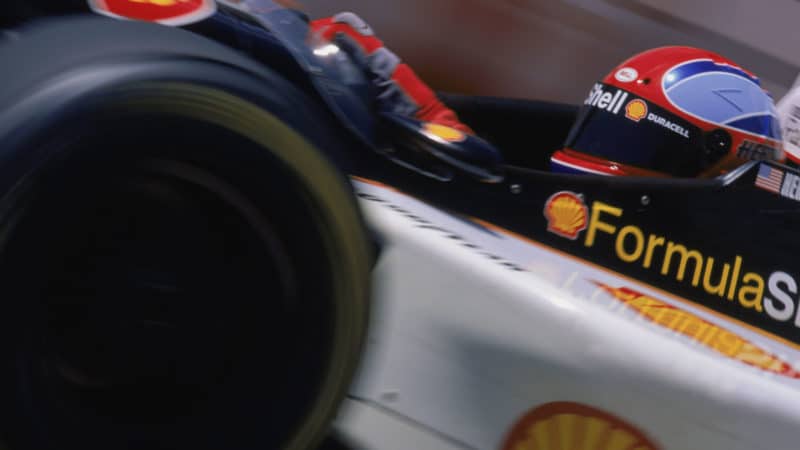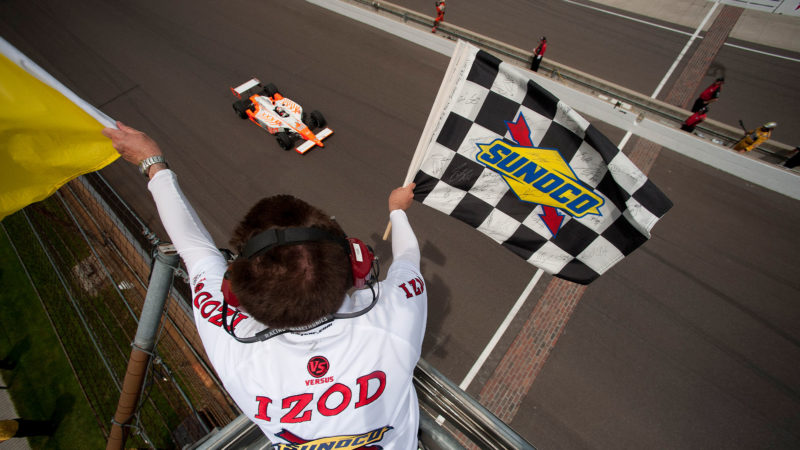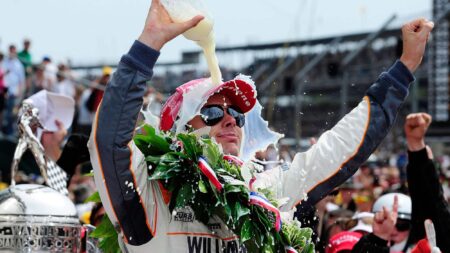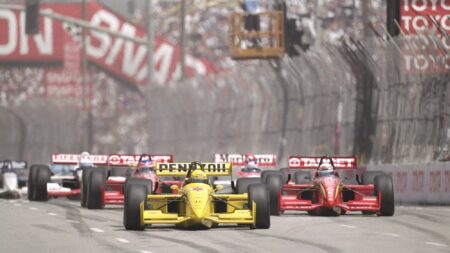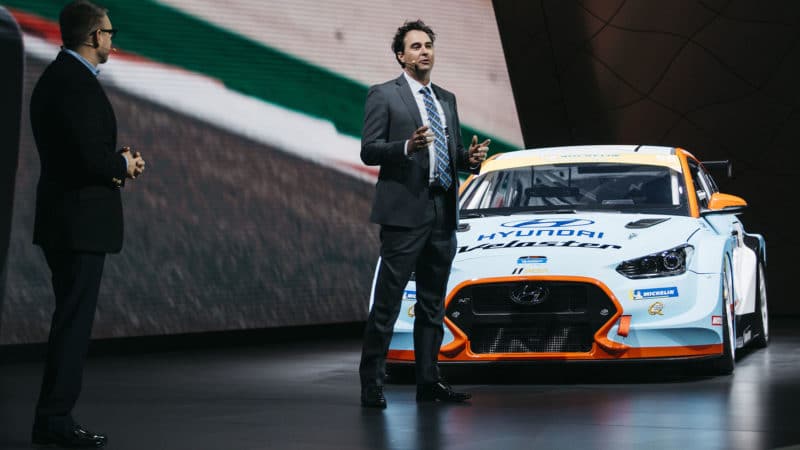At the end of the 2008 season, with no ride on the horizon, the 38-year-old Herta took the advice of his race engineer, Steve Newey, and started a small Indy Lights team. Two years later, after some modest success, Herta put together a one-off Indy-only program for Dan Wheldon. Herta was standing on the pit wall, looking down toward Turn Four, when he saw race leader J.R. Hildebrand smack the wall on the last corner of the last lap, promoting Wheldon into first place.
“During the race, we’d always been up in the top five or six and very competitive, but we never led a lap,” Herta recalls. “We only led the last hundred yards of the race.”
Five years later, Herta found himself back in Victory Circle under equally unlikely circumstances, when what he calls “a crazy fuel-save strategy” allowed rookie Alexander Rossi to win after falling to dead last following a botched pit stop.
“There were times when we thought we were two laps short of fuel,” Herta admits. “The best calculation we saw was that we were going to run out on the backstretch [of the last lap]. We ended up making it all the way into Turn Three. Alex coasted the rest of the way with the engine off. I think he was doing 122 miles per hour when he crossed the finish line.”
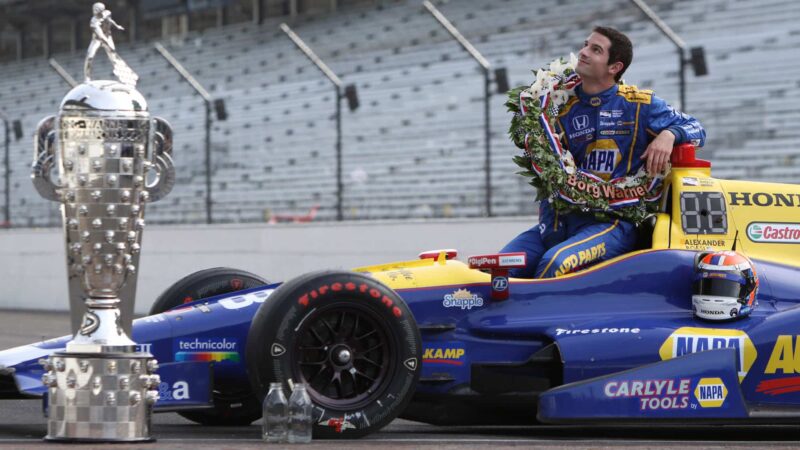
Alexander Rossi claimed another unlikely 500 win for Herta with a fuel-saving run in ’16
IMS
But despite two miraculous 500 wins, Herta couldn’t find the funding for a full-time Indy car program. So just as he’d done when his driving career stalled, he shifted gears and tested the waters in Global Rallycross. There, he made a connection with Hyundai, and when the Korean manufacturer moved into road racing, Bryan Herta Autosport became its factory team.
With drivers Michael Lewis and Mark Wilkins, Herta gave Hyundai a team and manufacturers championship in the TCR class in Pirelli World Challenge in 2018. The next year, after moving to the Michelin Pilot Challenge series, Lewis and Wilkins won the drivers championship while Herta claimed another team title.
